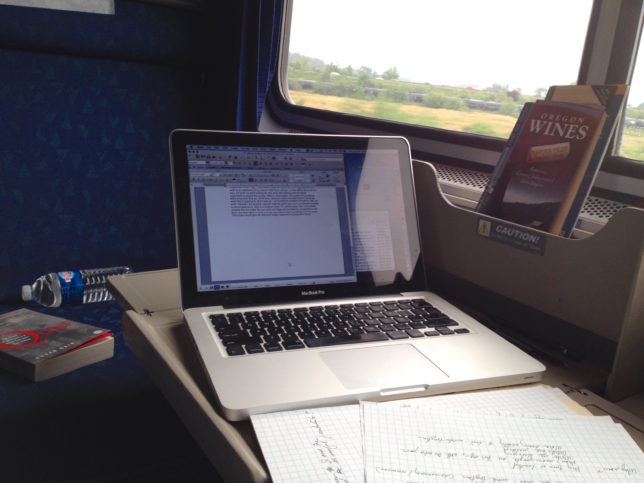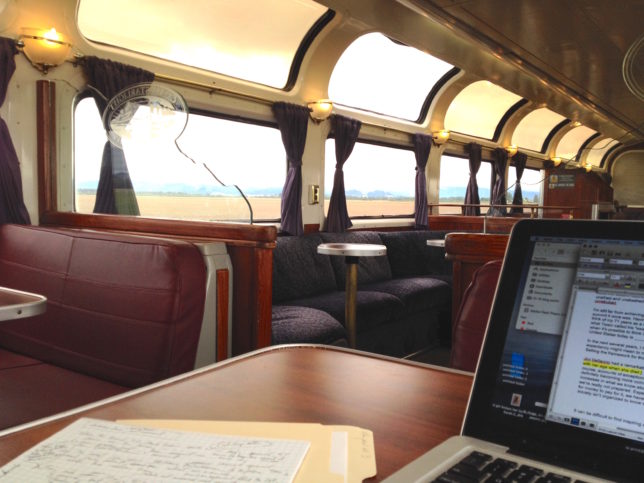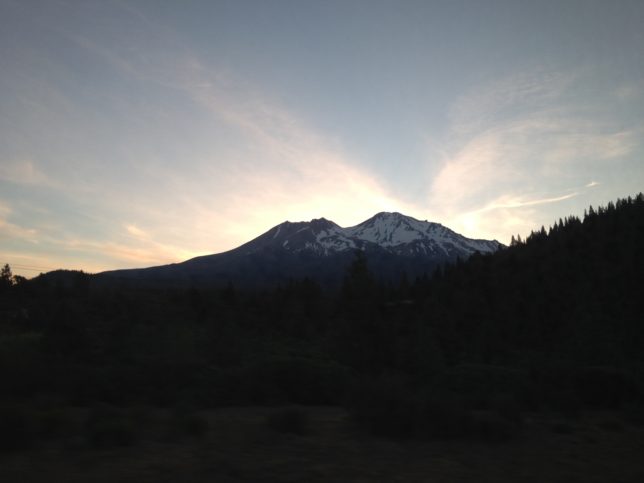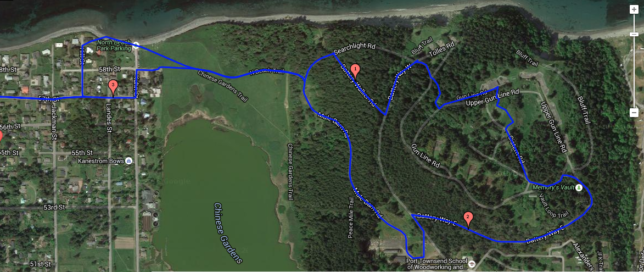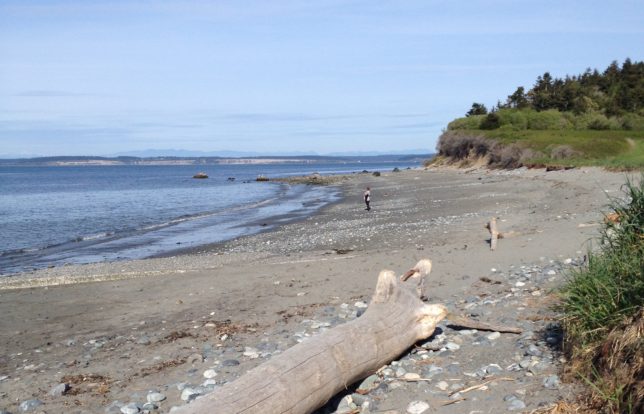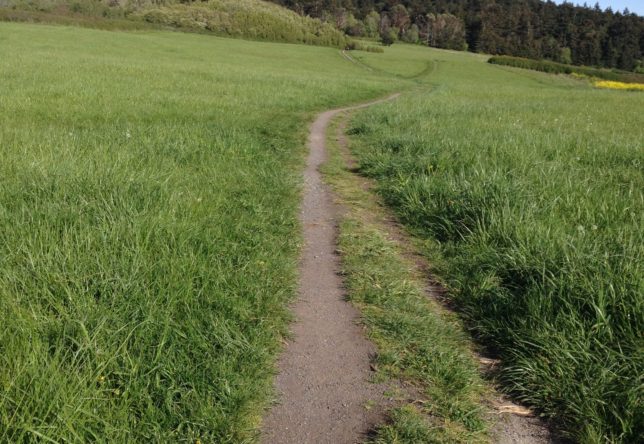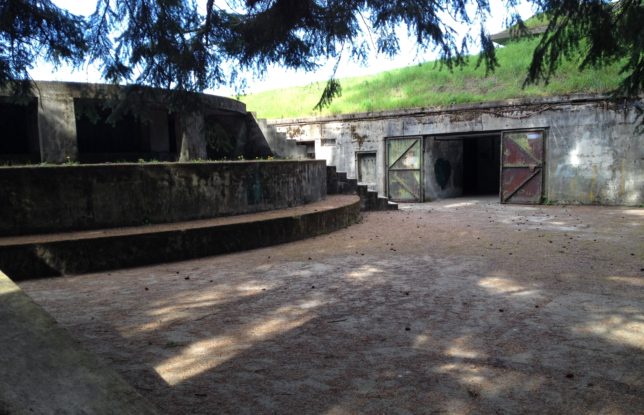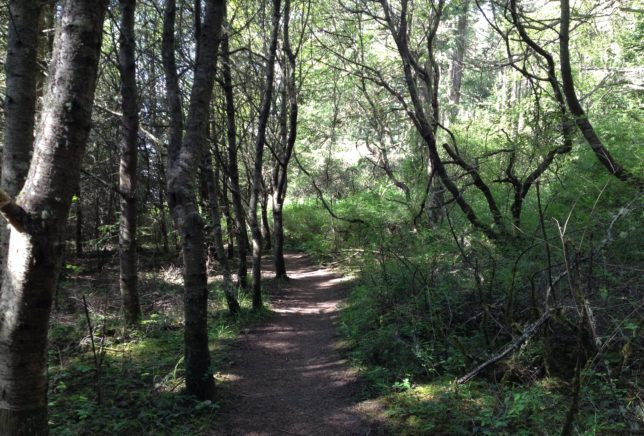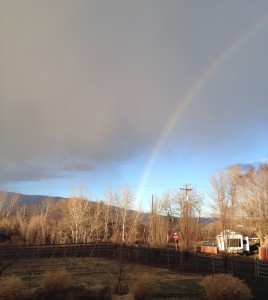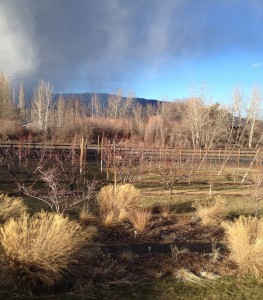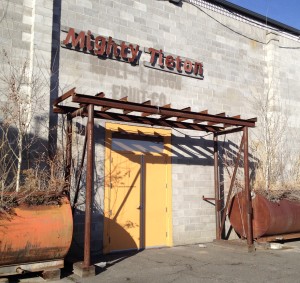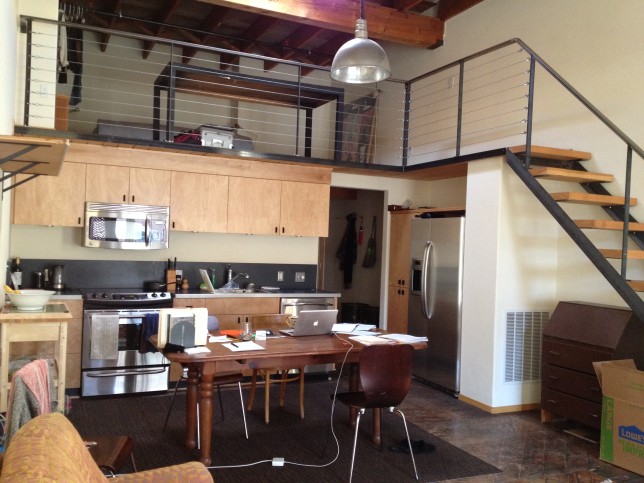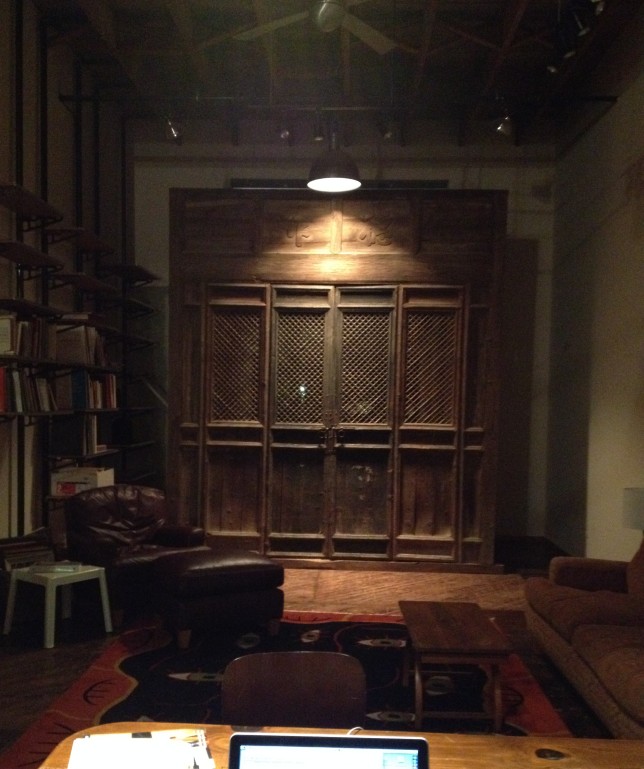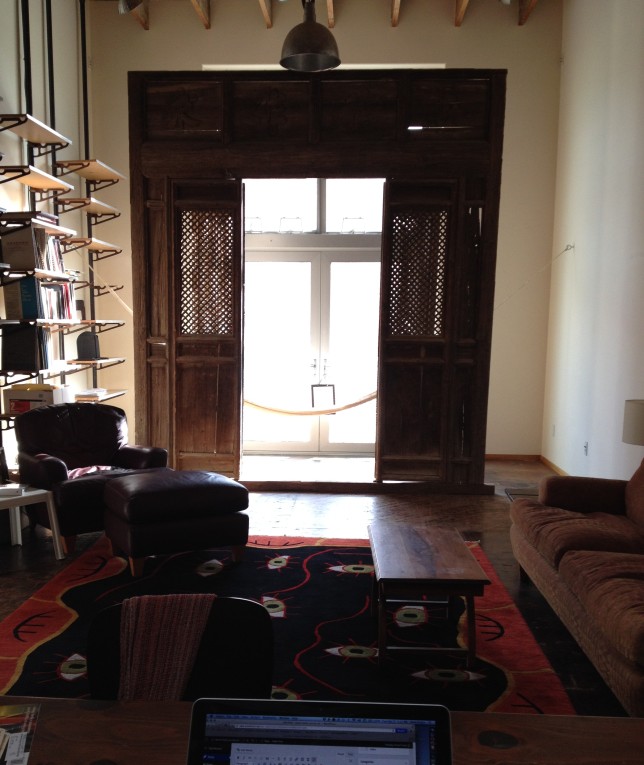Every now and then since at least 1985, I’ve given myself the gift of time away. I leave Seattle with a few books, lots of notes, a computer, and plans to rearrange my molecules for a while to focus on the difficult work of writing. These “time aways” also allow for walking, reading, thinking, staring into space, maybe visiting an old friend or meeting someone new or maybe not seeing anyone at all, surrounded by new scenery and a different context. I’ve rented cabins and hotel rooms, stayed in friends’ second homes, shared rentals with another writer friend, traded work for a little house, and a few times, even stayed in actual, official artists’ residencies. With mixed success, I’ve begun trying to recreate that experience without leaving home. I remember one time the strategy worked.
It was late summer 2015 – a perfect time-away day at home.
After spending the first hour of the day with necessary correspondence, I put some notes, my laptop, and an umbrella in a small pack and, with my pack on my back, headed out for a long walk. Despite a weather forecast of clouds and rain with a possible thunderstorm and hail, I planned to be out much of the day on a course I would determine as I went.
I walked just a few blocks before stopping for breakfast at a favorite neighborhood coffee shop. Along with my breakfast, I read through past notes for what had become a gnarly piece I was working on. I’d been invited to write a short essay for publication in Pacific Standardas one of a series of columns on the future of work. My first draft had been returned by the editor with comments that made me know I should just start over. After studying my notes and finishing my coffee, I headed out.
Part-way through the longer next leg of my walk, the sun began to prove the forecast wrong. What a gift! After a couple of miles down steep, winding streets and views of the Cascade mountains, I stopped for coffee at a tiny place where I struggled to find a new path through the ideas in my notes. I didn’t actually pull out my computer to begin a new draft, but with my notes and a pen and paper, I found at least a preliminary place to begin and went outside again. The sun had taken over completely as I headed down the hill attracted by a set of stairs I hadn’t tried before and then turned straight east toward the Washington Park Aboretum.
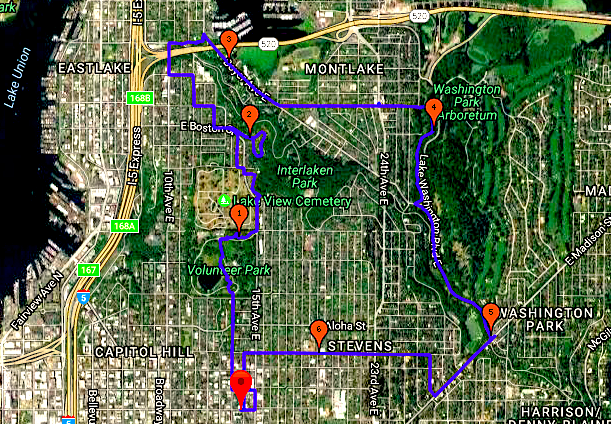
Just before reaching the park, I stopped at a cafe/coffee shop for lunch. I fiddled with my notes as I ate, but forced myself to sit there until I had begun a revised version. By the time I walked out, clouds had covered the sky and the rain had begun. Umbrella up, I headed into the Arboretum and followed a trail along the west edge that I hadn’t walked before, with tall straight pines at the start and large holly trees toward the end. My wet walk through the woods ended at yet another bakery/cafe just outside the park entrance. Over another cup of coffee and a treat, I made good progress in the writing, at least getting some good thoughts into a document on my computer. Sheets of rain came down while I worked.
A little later, bright sun pulled me outside again, this time to walk an almost straight line home. My earlier straight-line walk to the Arboretum had been level; this one definitely was not. My quick estimate of the elevation gain on just one of many blocks – and a short one, at that – was about 65 feet, though it felt like a 45 degree angle. After I got home, the energy the walk had given me continued, and I worked for another hour or so.
As the day ended, my writing was far from finished, but this new draft gave me the bones of a version that the editor ultimately accepted with only a few suggestions and small revisions. The piece, titled “Unpaid, in Spite of Their Value,” considered the work of artists and other often unpaid workers. It began with a quote from economist Marilyn Waring: “I sit as artists have sat for centuries, laboring unpaid. Yet I am sure this is work. I am sure it is productive, and I hope it will be of value.”
It was during one meandering leg of my long walk after a stretch of determined struggle with the essay that Waring’s words occurred to me and helped shape the piece. The day also convinced me that interesting places to walk and let my mind wander are valuable to the way I think and that I can sometimes find the discipline to create a satisfying time away at home.
![]()
Notes
“Unpaid, in Spite of Their Value” can be found here at Pacific Standard (originally posted 11/3/15) and a slightly revised version on my website here.
The quote from Marilyn Waring comes from the first paragraph of her 1989 book, If Women Counted: A New Feminist Economics.
![]()







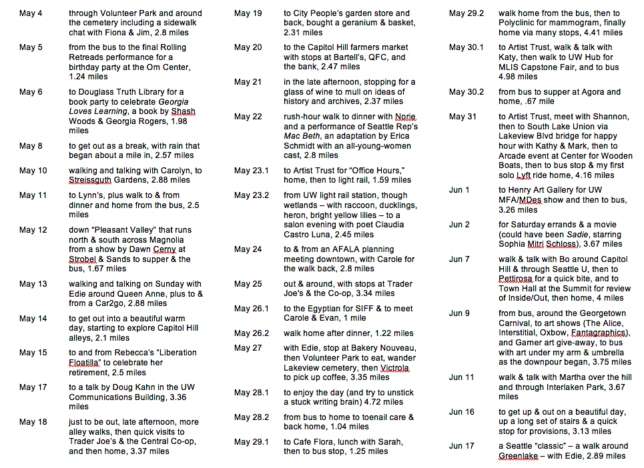
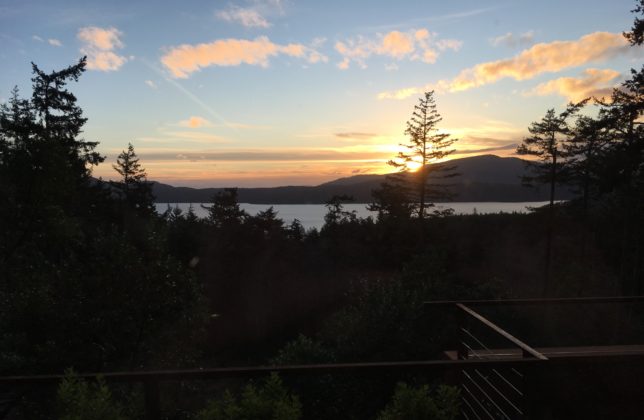
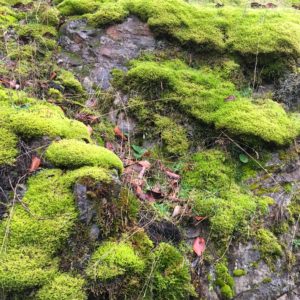
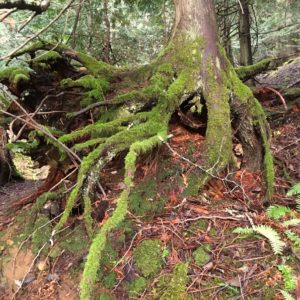
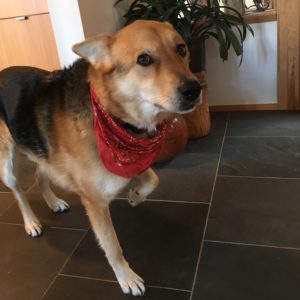
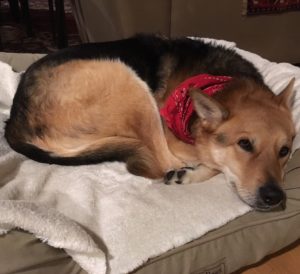
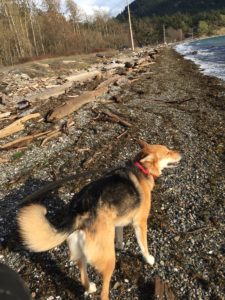
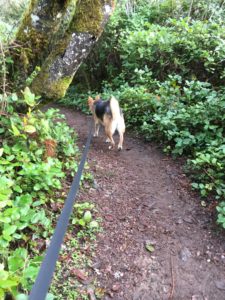
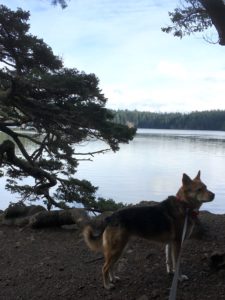
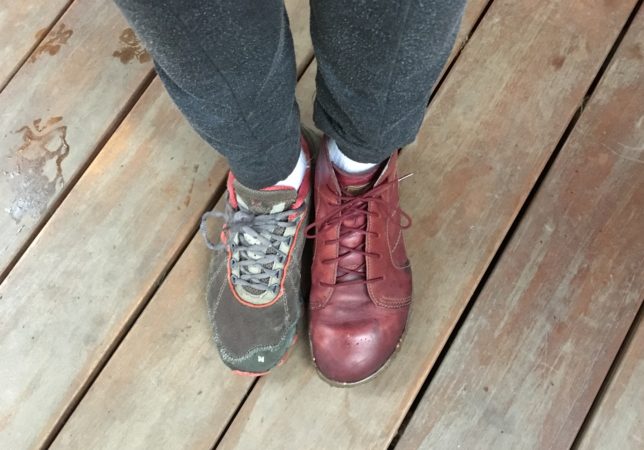
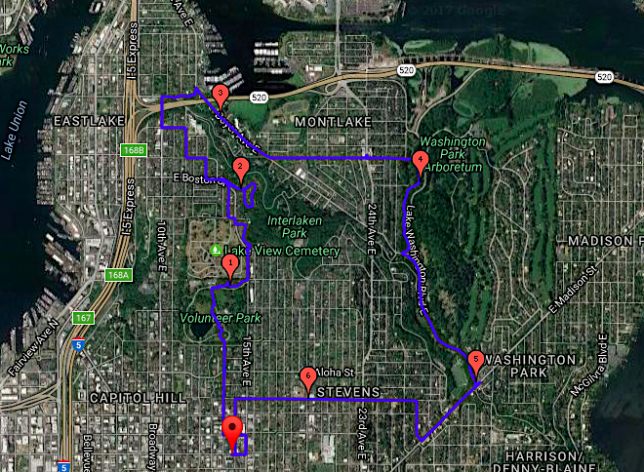
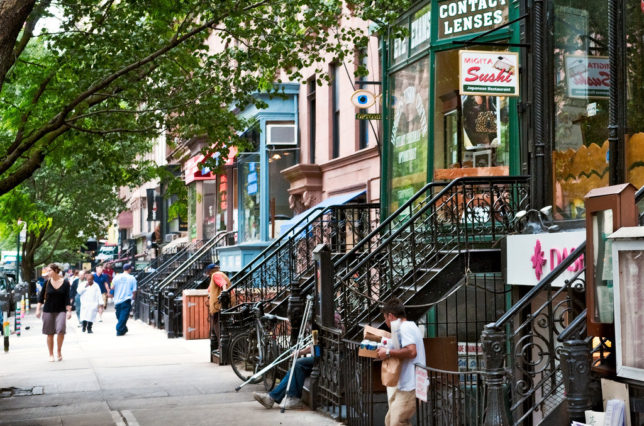
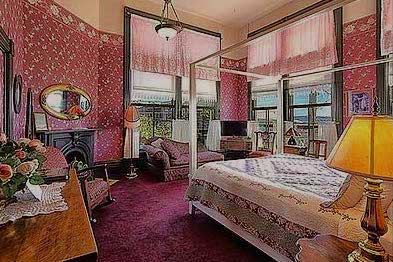
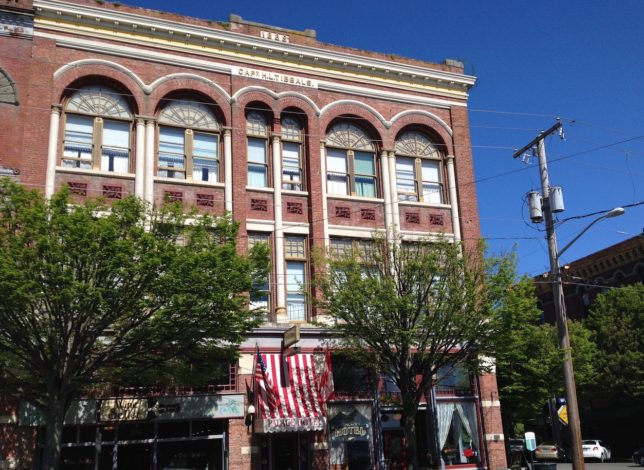

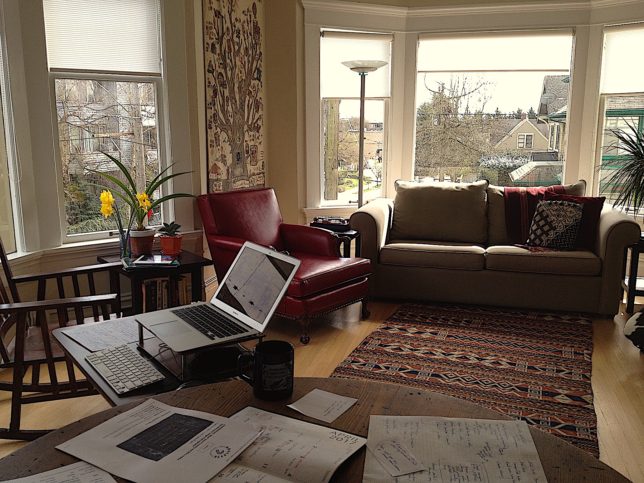
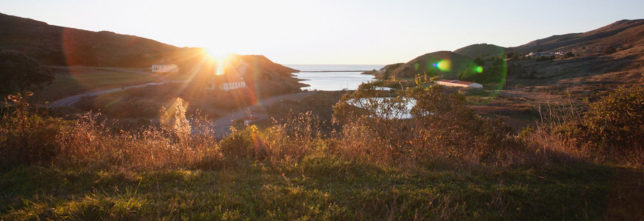
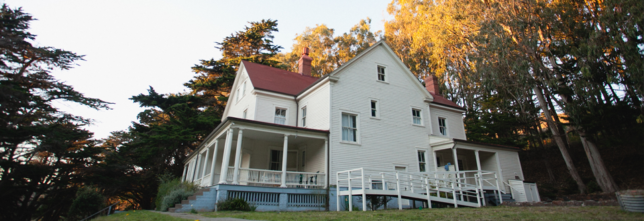
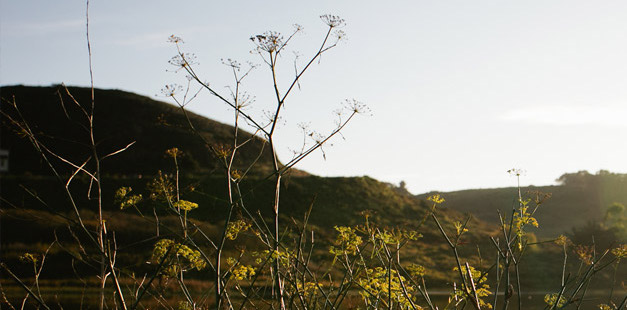
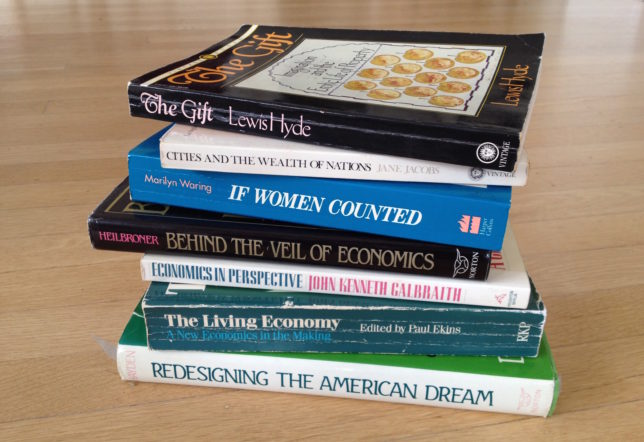
 My ticket jacket expressed my ambition, even though I didn’t actually notice its message until a few days before leaving.
My ticket jacket expressed my ambition, even though I didn’t actually notice its message until a few days before leaving.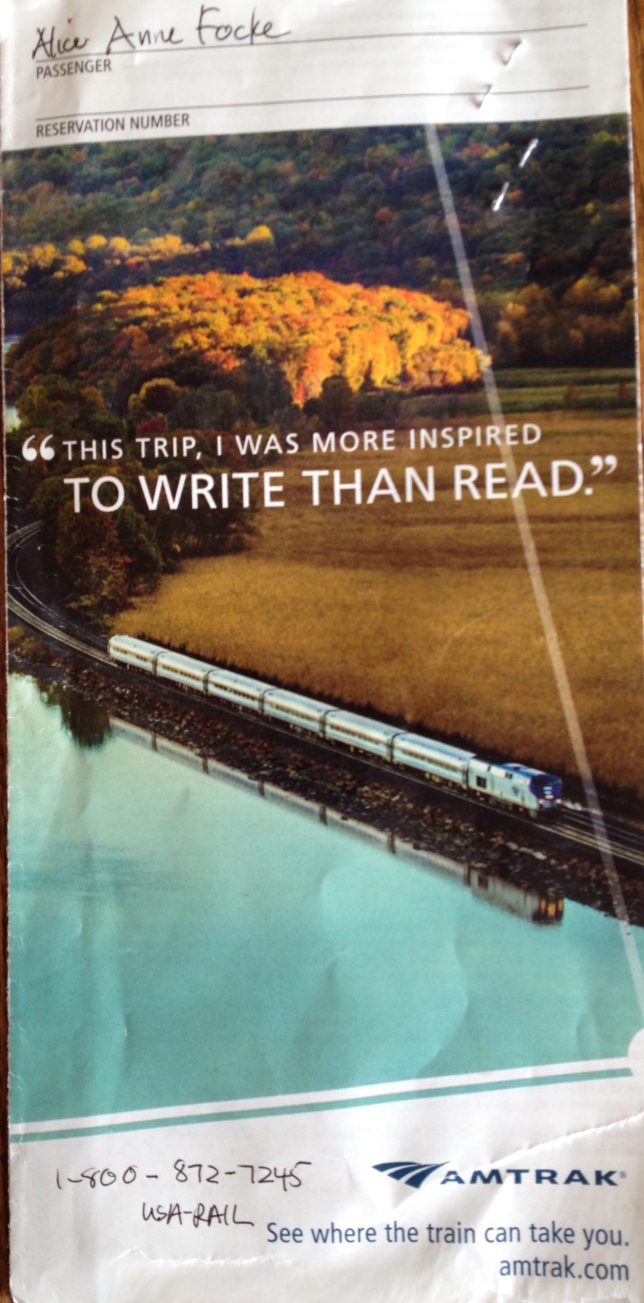
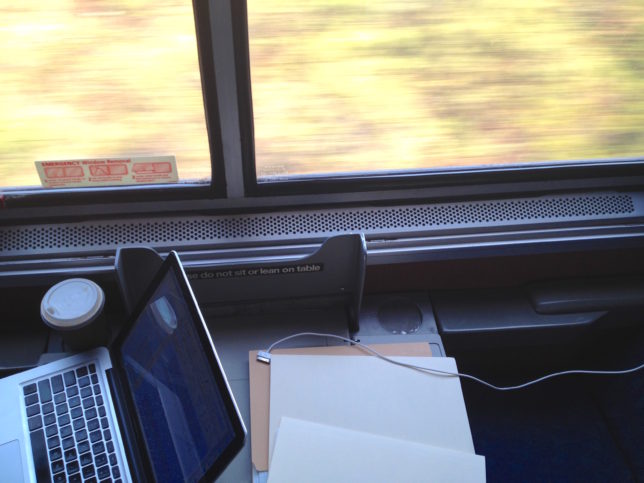 I splurged on my Amtrak ticket and got a “roomette” that comes with wide seats that make into a bed, a little table, meals, “room service” if desired, and a power outlet to keep my “devices” charged. It’s a quiet, private place with a constantly changing scene out the window.
I splurged on my Amtrak ticket and got a “roomette” that comes with wide seats that make into a bed, a little table, meals, “room service” if desired, and a power outlet to keep my “devices” charged. It’s a quiet, private place with a constantly changing scene out the window.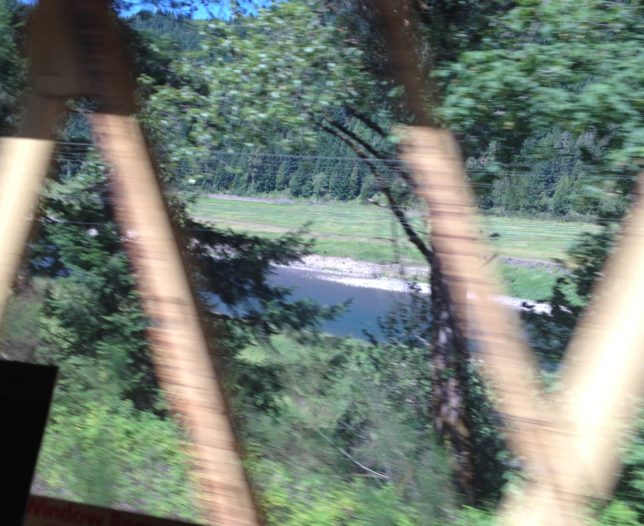
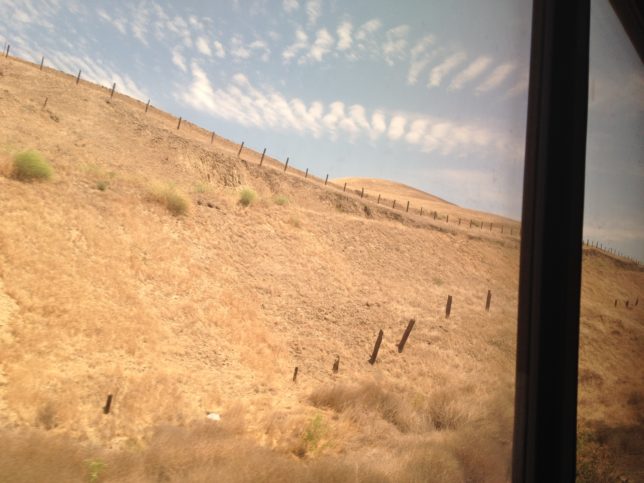
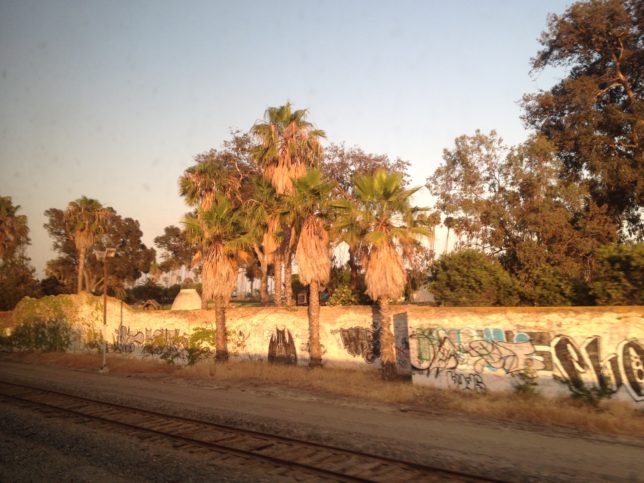
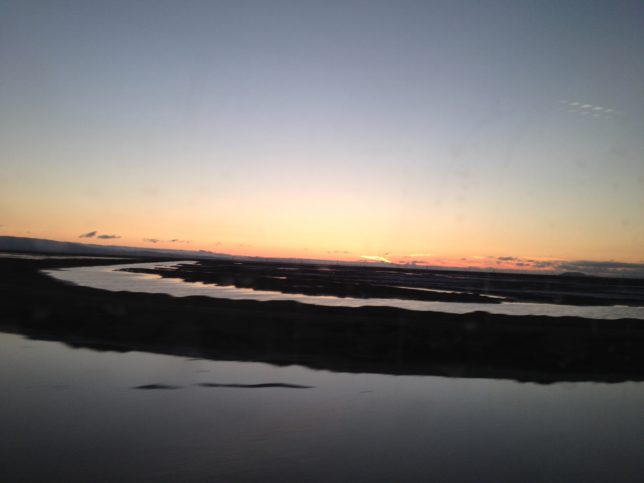
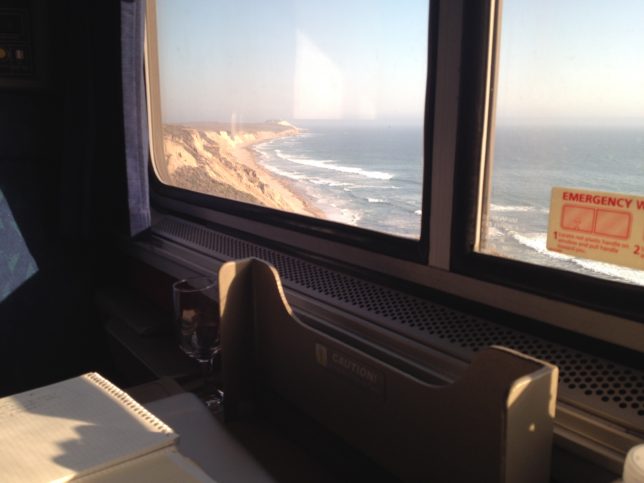 The train was full. I liked being able to move back and forth between my own quiet little cubbyhole and lively spaces shared with others – the “parlour” car, dining car, observation car.
The train was full. I liked being able to move back and forth between my own quiet little cubbyhole and lively spaces shared with others – the “parlour” car, dining car, observation car.